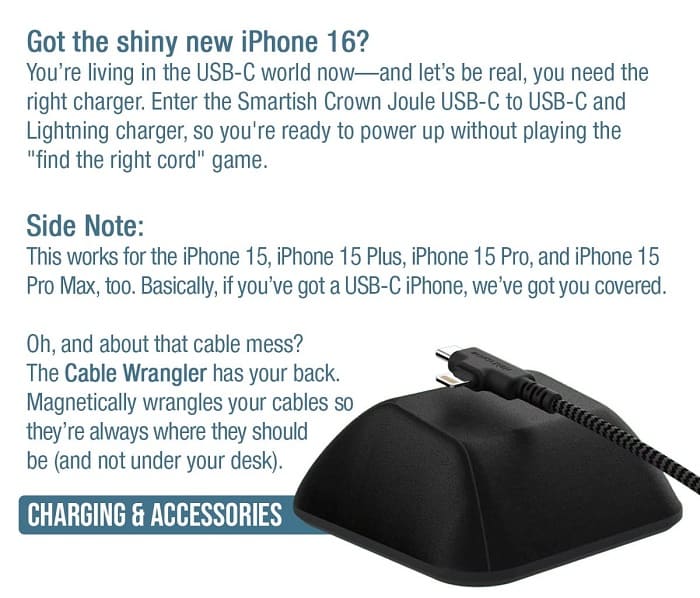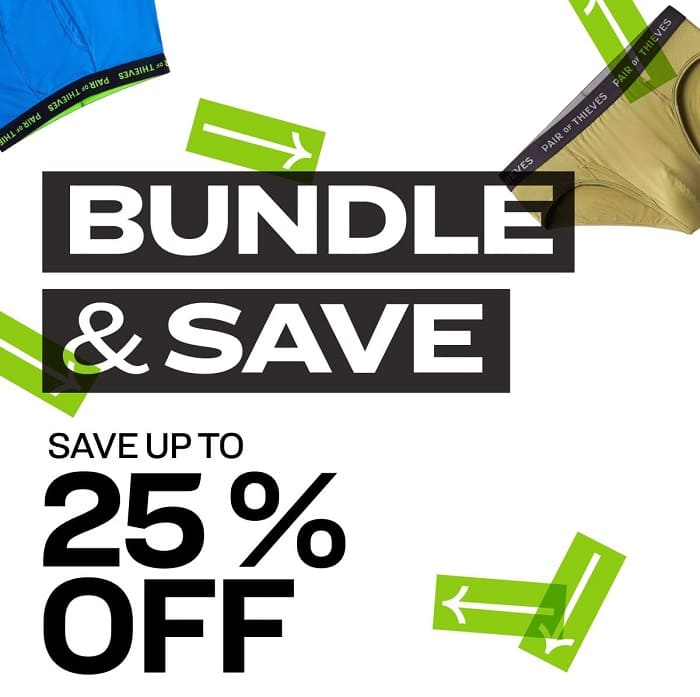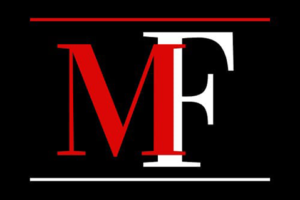Retailers aim to increase revenue. Offering product bundles helps boost average order value without creating new items or running special events.
Suchita Kodali, a principal analyst in Forrester, stated that upselling and cross-selling account for roughly 10%–30% of eCommerce revenue. Also, product bundles can lift average order value (AOV) by about 20%–30% because customers end up spending more when they feel they’re getting a better deal.
When bundles look carefully arranged, customers believe they are getting value even if they don’t save money. Shoppers appreciate simplicity. They like having complementary items grouped together. Bundles can make decisions easier and inspire them to spend a bit more.
The following is a detailed guide on product bundling, benefits, strategies, and examples of product bundling.
What Is Product Bundling?
Product bundling means selling several products or services together as one package. Businesses use different forms of bundling to attract buyers. The three common types are pure bundling, mixed bundling, and multiple product bundling.
- Pure bundling involves offering all products together in one package. Customers get a complete set that meets their needs in a single purchase.
- Mixed bundling combines items from different product lines in one offer. This approach encourages shoppers to try products they might not buy on their own.
- Multiple product bundling includes several items from the same line in one deal. It gives customers more value and helps them experience a wider range of the same product.
Why Product Bundling Matters in Marketing? Importance of Product Bundling
Product bundling plays an important role in improving marketing results. Combining products can increase how much customers spend in each transaction and build brand loyalty over time.
- Build a lasting brand image: Well-planned bundles help shape how customers see your brand. They associate your business with convenience and good value.
- Reduce marketing effort and cost: Selling items as bundles cuts the time and money spent promoting single products. It allows teams to focus on fewer, stronger campaigns.
- Encourage product discovery: Bundles help customers explore different product lines. This can raise awareness of other offerings and grow overall sales.
- Use seasonal trends wisely: Holiday or event-based bundles attract attention during peak shopping times. They increase traffic and encourage bulk purchases when demand is high.
Types of Product Bundling
Product bundling is further divided into different types. Here are some of them.
1. Pure Bundling
A pure bundle includes products sold only as a set. Customers cannot buy these items separately. For instance, the Voduz Hair Spectrum 4 in 1 Curling Tong comes with detachable barrels available only with the full package. This method creates exclusivity and adds value for buyers.
2. Mixed Bundling
Mixed bundling combines products that can also be bought individually. The items are offered together at a lower price. Kylie Cosmetics lip kits are a good example. Each kit includes a lip liner and lipstick, sold separately but offered together for ease and better value.
3. Cross-Sell Bundling
Cross-sell bundling promotes related products that work well together. Retailers often place these items near each other to inspire extra purchases. Online stores like Amazon use this strategy through recommendations based on past buying behavior. A shopper who buys an e-reader, for example, may see a bundle with a book subscription.
4. Price Bundling
Price bundling offers a group of products at a discounted total cost. Retailers often use this to increase sales volume. Examples include buy-one-get-one deals or discounted sets of related items. For example, a skincare brand may sell a cleanser, toner, and moisturizer together at a 15% discount. These bundles help customers feel they are saving money, even when they spend a little more.
5. Upsell Bundling
Upsell bundling focuses on offering an upgraded version of what the customer wants. A customer viewing a basic laptop sees a bundle with the same model, a laptop bag, and a mouse. This approach helps customers see added value and encourages larger purchases.
6. New Product Bundling
This type includes recently launched products in one package. A tech brand may launch a smartwatch and new wireless earbuds as a limited-time bundle. It gives customers a chance to try new items together. Businesses use this method to build interest and promote their latest releases while driving more sales.
7. Gifting Bundles
Gifting bundles make it easy for customers to buy presents without much effort. These bundles may include products not usually bought together, like jewelry with scarves or toys with books. They appeal to shoppers looking for ready-made gift solutions.
8. Inventory Clearance Bundles
Retailers use clearance bundles to move older stock quickly. They combine multiple items at a reduced price. For instance, a clothing brand may offer last season’s shirts and jeans together at a reduced price. This helps free up storage space while introducing new products through value-based offers.
9. BOGOF and Half-Price Bundling
Buy-one-get-one-free (BOGOF) and half-price bundles reward customers who buy more than one item. These deals increase sales volume and improve customer satisfaction. Shoppers often purchase extra items because the deal feels too good to pass up.
Benefits of Product Bundling
Product bundling is beneficial in multiple ways, such as:
1. Increase Profit with Higher Order Value
Bundling products helps raise the average order value without changing individual prices. Customers see bundles as better deals and tend to spend more. This approach helps businesses grow profits and attract buyers who enjoy getting more value in one purchase.
2. Improve Product Visibility and Drive More Sales
Bundled offers expose customers to a range of products in one view. When buyers see several items in a single deal, they pay more attention and often explore new products. This can lead to larger purchases and a rise in total sales.
3. Cut Marketing and Shipping Costs
Selling multiple items together lowers costs linked to packaging, promotion, and delivery. Instead of preparing and sending separate items, one combined package saves time and materials. This simple method reduces effort and improves overall efficiency.
4. Reduce Extra Inventory and Waste
Businesses can move slow-selling or seasonal items by adding them to bundles. This helps clear space and limit waste from unsold stock. It also gives products with short shelf lives a better chance of being sold.
5. Use Smart Pricing to Add Perceived Value
Product bundling makes discounts look appealing without lowering individual prices. Customers feel they receive a better deal through a bundle price. This tactic allows companies to offer promotions while protecting profit margins.
Product Bundling Examples
The following are some real-world examples of product bundling.
HiSmile: Buy-One-Get-One Bundles
HiSmile, known for its teeth-whitening products, launched a toothpaste bundle featuring over ten flavors. Many new buyers are unsure which flavor they prefer, so this bundle lets them try all options before choosing a favorite.
This strategy has worked well for HiSmile. Over 80% of its online orders now come from bundled items, and the average cart size has grown four times larger.
LVLY: Gift Bundles
LVLY, a flower delivery brand, makes gift shopping simple with ready-made bundles. Its website features curated gift boxes for occasions such as birthdays, anniversaries, and Christmas. Each box may include flowers, chocolates, and drinks arranged together at different price levels.
In stores, these bundles appear as complete gift sets, helping staff suggest quick and easy options for shoppers. The approach saves time for customers and increases sales during busy seasons.
Escalade Sports: Related Product Bundles
Escalade Sports offers a portable pickleball kit that includes paddles, balls, a net, a case, and a short guide. This bundle allows customers to start playing immediately without buying each item one by one.
Each product in the kit is also sold separately at a higher price. This gives players flexibility if they need replacements, while still encouraging them to choose the full bundle for better value.
How to Create a Product Bundling Strategy?
Creating a product bundling strategy mainly depends on the type of business you are in. Still, here is a basic outline.
Step 1: Choose the Right Products
Start by selecting which products or services will go together in a bundle. Pick items that complement each other and add value when combined. This helps customers see the benefit of buying them as a set instead of separately.
Example: A coffee shop could bundle a cappuccino with a croissant. The two products pair naturally and make a complete breakfast option.
Step 2: Set a Fair Bundle Price
After choosing the products, decide on a price that feels reasonable to customers. The offer should look like a good deal while still keeping profit margins healthy. A balanced price encourages more buyers without reducing earnings.
Example: A skincare brand might sell a cleanser, toner, and moisturizer for $45 instead of $55 if bought separately. The small discount encourages customers to buy the full set.
Step 3: Give the Bundle a Clear Name
Create a short and memorable name for the bundle. The title should help customers recognize it quickly and understand what it includes. A distinct name also makes the offer easier to promote and remember.
Example: A fitness store could call its bundle “Home Workout Starter Kit,” including a yoga mat, resistance bands, and a water bottle. The name tells buyers exactly what they’ll get and who it’s meant for.
Product Bundling Best Practices
Here are some handy practices for product bundling used by different businesses.
1. Keep Cross-Sell Pairings Simple
Pairing a few complementary products can quickly increase average order value. Customers appreciate convenience and logical combinations that make sense together.
Example: Tech brand Smartish bundles a new phone with a charger and cable wrangler, helping customers get what they need in one go while boosting sales.

2. Let Customers Build Their Own Bundles
Allowing shoppers to create custom bundles gives them control and encourages larger purchases. It helps them feel the offer suits their preferences rather than a preset option.
Example: Loungewear brand Pair of Thieves invites customers to build their own underwear bundles at discounted prices, making shopping more personal and engaging.

3. Use Data to Guide Bundling Decisions
Analyzing shopping patterns helps create bundles that match what customers already buy together. Data-driven offers simplify buying decisions and feel more relevant.
Example: Harper Wilde studied its shoppers’ behavior and introduced bra bundles based on popular styles. The brand even uses browsing data to send automated emails promoting these curated bundles.
Product Bundling—FAQs
What is product bundling?
Product bundling is the practice of selling two or more products together as a single package. Businesses use it to increase sales, boost average order value, and introduce customers to related products. Bundles can be pre-selected by the retailer or customized by the customer. Offering complementary items together makes the purchase more convenient and appealing, while often providing a perceived discount or added value.
How to sell new product bundles?
Understanding your customer is essential before creating a product bundling plan. Here are a few things to follow to sell new product bundles.
- Offering small discounts encourages purchases, and displaying savings clearly reinforces the value.
- Selecting the right bundling strategy, such as gift bundles or bundle pricing, ensures products fit well together.
- Tracking performance through metrics like sales and customer feedback allows optimization.
- Promoting bundles at checkout, both online and in-store, increases convenience and boosts overall revenue while enhancing customer satisfaction.
Why should businesses use product bundling?
Product bundling helps businesses increase revenue and reduce inventory waste. It encourages customers to buy more items in one transaction and exposes them to products they might not buy individually. Bundles can also lower marketing and shipping costs by packaging multiple products together. Additionally, well-planned bundles improve customer satisfaction by offering convenience and a sense of value.
What are the common types of product bundles?
Common types include pure bundles, mixed bundles, price bundles, cross-sell bundles, upsell bundles, and gifting bundles.
- Pure bundles include items sold only as a set.
- Mixed bundles combine separate products at a discount.
- Price bundles offer a deal on grouped items.
- Cross-sell and upsell bundles promote complementary or upgraded products.
- Gifting bundles make it easy to buy complete gift sets for special occasions.
